By Michael Nwadike
The Central Bank of Nigeria (CBN)-led Monetary Policy Committee (MPC) tightening measures have constituted significant levers pulling inflation down. By retaining the benchmark interest rate at 27.5 per cent, leaving other parameters unchanged and instituting tough liquidity control measures, the CBN has worked to curb demand and anchor inflation expectations. With strong alliance with the fiscal authorities, the apex bank under Olayemi Cardoso leadership has demonstrated foresight and deep understanding of Nigeria’s macroeconomic dynamics crucial in sustaining price and exchange rate stability in the interest of families and businesses.
Domestic and global investors were all waiting for the Central Bank of Nigeria (CBN)-led Monetary Policy Committee (MPC’s) decisions at its 300th meeting concluded on Tuesday in Abuja.
As expected, the Monetary Policy Committee (MPC) of the Central Bank of Nigeria (CBN) again held the Monetary Policy Rate (MPR) at 27.5 per cent.
The MPC’s decision was underpinned by the need to anchor inflation expectations and ease the pressure on the naira amid the increased global uncertainty.
According to the National Bureau of Statistics (NBS), headline inflation (year-on-year) declined to 23.71 per cent in April 2025, compared with 24.23 per cent in March 2025. On a month-on-month basis, it also declined to 1.86 per cent in April 2025, from 3.9 per cent in the previous month.
Hence, the CBN Governor, Olayemi Cardoso announced the Committee’s decision to retain all other parameters – Cash Reserve Requirement (CRR) for Deposit Money Banks (DMBs) and Merchant Banks at 50 per cent and 16 per cent, respectively; the asymmetric corridor around the Monetary Policy Rate (MPR) at +500 basis points (bps)/-100bps and the liquidity ratio at 30 per cent. Cardoso also acknowledged the sustained moderation in food inflation noting that elevated electricity tariffs and the recent naira depreciation have kept core inflation persistently high, with the rate standing at 23.39 per cent in April.
Nonetheless, the committee expressed optimism that the relative stability in the exchange rate and the moderation in fuel prices could help ease overall consumer price pressures in the near term.
In emailed note to investors, analysts at Cordros Securities noted that the influence of fiscal policy in shaping these outcomes should not be overlooked.
“The federal government has taken deliberate steps to boost agricultural output, including incentivizing farmers, strengthening support for the sector, and enhancing security in food-producing states. These interventions are beginning to pay off,” they said.
“As food production stabilises and supply chains improve, the growth in food prices has started to ease, and further progress in these areas could lead to continued disinflation,” they added.
The MPC acknowledged the recent build-up in external reserves, which rose by 2.9 per cent to $38.90 billion (from $37.82 billion as of March 31), providing a buffer of over 7.0 months of import cover for goods and services.
The committee also highlighted the CBN’s intensified efforts to curb heightened naira volatility through ongoing market reforms and strategic FX interventions, particularly in the face of persistent global headwinds.
Meanwhile, developments in the energy sector have also helped to ease inflationary pressure. With the naira-for-crude exchange mechanism still in place and the Dangote Refinery steadily expanding towards full capacity, domestic fuel supply has improved, reducing Nigeria’s exposure to volatile import prices. Despite a recent rebound in global oil prices, its outlook remains somewhat bearish. An expected rise in output from non-OPEC countries, the possibility of increased OPEC production, and potential de-escalation of geopolitical tensions (particularly in the Russia-Ukraine conflict) could all work to stabilise or even lower crude oil prices. There’s also speculation that the U.S. may reconsider its sanctions on Iran, which would further boost global oil supply, though such a move remains uncertain.
The analysts explained that these global and domestic factors are feeding into Nigeria’s monetary transmission mechanism, reinforcing the impact of policy rate adjustments and helping to soften price pressures.
“Coupled with the rebase effect from the updated inflation methodology, they point to a cautiously optimistic path forward. While risks remain, the convergence of firm monetary control and pragmatic fiscal initiatives is beginning to chip away at the country’s inflation problem, offering some relief to households and businesses alike,” they said.
According to other experts, CBN‘s position suggested a focus on allowing current measures to fully filter through the economy, consolidate gains in price stability and manage inflationary pressures.
One of them Dr. Muda Yusuf, said the decision to hold the rates was in line with the expectation of many analysts.
“It is a welcome development because I believe that the monetary situation in the economy is already tight enough, so I was not expecting that there could be or there would be any further tightening,” said Yusuf, who is the Centre for the Promotion of Private Enterprise (CPPE) managing director.
Pointing out that ‘’interest rate regime had already exacerbated the cost of fund for businesses,’’ he stated that ‘’further tightening might not be in the ultimate interest of the economy.’’
Yusuf added: Holding the rates is tolerable, especially when we situate it within the context of the uncertainty in the global economy, triggered by the (Donald)Trump tariffs. The full effects of the disruption that the Trump tariffs have caused have not fully manifested.
“I believe that what the MPC has done was to be very cautious in its approach to monetary policy, to be cautious not to ease the rate at this time, because many of us feel that the rates at this time are already very high.
Managing Director, Arthur Steven Asset Management, Olatunde Amolegbe, noted that although inflation, which has been one of the main drivers of monetary action in recent times, dropped slightly for April, the fluctuations in the rates in the last four months made it difficult for the MPC to take a different direction regarding monetary policy.
Naira shows resilience despite headwinds
Head, investment Research at Commercio Partners, Ifeanyi Ubah, said the naira has experienced a turbulent journey in 2025. After beginning the year on a strong note, it has since come under significant pressure, depreciating from N1,475/$ at the end of January to n1,598/$ as of May 19.
“While the decline is notable, especially over such a short span, a broader comparison with 2024 paints a more tempered picture, the naira has shown relative resilience in the face of global headwinds and domestic pressures,” he said.
He explained that part of the recent strain on the naira has stemmed from sustained local demand for foreign exchange, which continues to outpace supply. However, this is only one side of the story.
According to him, more substantial pressure has come from abroad, as foreign investors have pulled back from Nigerian markets, mirroring a wider trend among emerging economies.
“A global risk-off sentiment, spurred by rising geopolitical tensions, trade uncertainties, and ongoing tariff disputes, has triggered a flight to safety. As investors rush to safer assets, particularly in developed markets, many riskier currencies, including the naira, have borne the brunt of capital flight,” he said.
Ubah explained that despite certain headwinds, there’s a silver lining for the naira, adding that the CBN’s foreign exchange reforms are clearly yielding results.
“One of the most notable successes has been the reduction in exchange rate volatility. Although the naira has depreciated, it has done so in a more orderly and predictable manner. The gap between the official and parallel market rates remains narrow, a significant departure from the sharp discrepancies seen in previous years. Daily fluctuations in the exchange rate have also moderated significantly when compared to 2024, signalling growing market confidence and increased transparency in FX operations,” he said.
He said that this improved stability is not just a statistical detail; it matters deeply to investors.
“Exchange rate volatility is a major risk consideration for foreign investors looking to enter any emerging market. As Nigeria continues to rein in this volatility, it enhances its attractiveness as a destination for foreign capital. Should these reforms persist and deepen, they may lay the groundwork for a more sustainable and investment-friendly FX environment, potentially setting the stage for renewed inflows and a more stable naira in the long run,” he said.
He said that after a challenging start to the year, Nigeria’s external reserve position has begun to show signs of recovery—an encouraging development that reflects not only changing market dynamics but also the Central Bank of Nigeria’s (CBN) strategic efforts to restore confidence in the economy.
“While early 2025 saw some drawdown in the reserves due to heightened demand for foreign exchange—driven by debt servicing obligations, import-related FX needs, and direct CBN interventions—the tide began to turn from late April. As of May 16, Nigeria’s external reserves stood at approximately $38.9 billion, a level the CBN notes is sufficient to cover 7.6 months of imports for goods and services,” Ubah stated.
Taken together, Nigeria’s recent macroeconomic performance tells a story of a country navigating through turbulence with a clear, reform-driven compass. Inflation is easing, not by chance, but through a deliberate mix of tight monetary policy and complementary fiscal interventions.
The naira, though tested by global and domestic forces, has avoided the kind of chaos once feared, thanks in large part to targeted CBN reforms that have restored a measure of stability and reduced volatility.
Policy reforms impacts analysed
CBN’s policies, including the exchange rate unification, have led to significant foreign capital inflows to the economy while reducing the its intervention in the forex market.
The floatation of the naira and the clearing of over $7 billion FX backlog improved the country’s outlook with foreign investors as well as multilateral organizations, like the World Bank describing it as bold intervention to improve the economy’s sustainability in the long run.
Cardoso disclosed that upon assuming office, his leadership prioritised rebuilding Nigeria’s economic buffers and strengthening resilience. Before he assumed office, inflation, which had surged to 27 per cent, was one of the most pressing challenges, partly driven by excessive money supply growth.
While the GDP growth had stagnated at a meagre 1.8 per cent over the previous eight years, money supply expanded rapidly, averaging about 13 per cent growth annually.
This imbalance not only fuelled inflation but also contributed to a significant depreciation of the naira. He explained that inflation creates uncertainty for households and businesses, acting as a silent tax by eroding purchasing power and driving up living costs.
The nation was also grappling with a fiscal crisis, marked by unsustainable deficit financing through the Central Bank’s Ways and Means advances, which had reached an unprecedented N22.7 trillion by 2023—equivalent to almost 11 per cent of the GDP. In addition, quasi-fiscal interventions by the CBN, totalling over N10 trillion, undermined market confidence and weakened the effectiveness of its policy tools.
Against these odds, the CBN under Cardoso has brought new hopes in the management of the financial system and economy. The current macroeconomic stabilisation efforts support Nigeria’s ability to attract foreign investors to its markets.



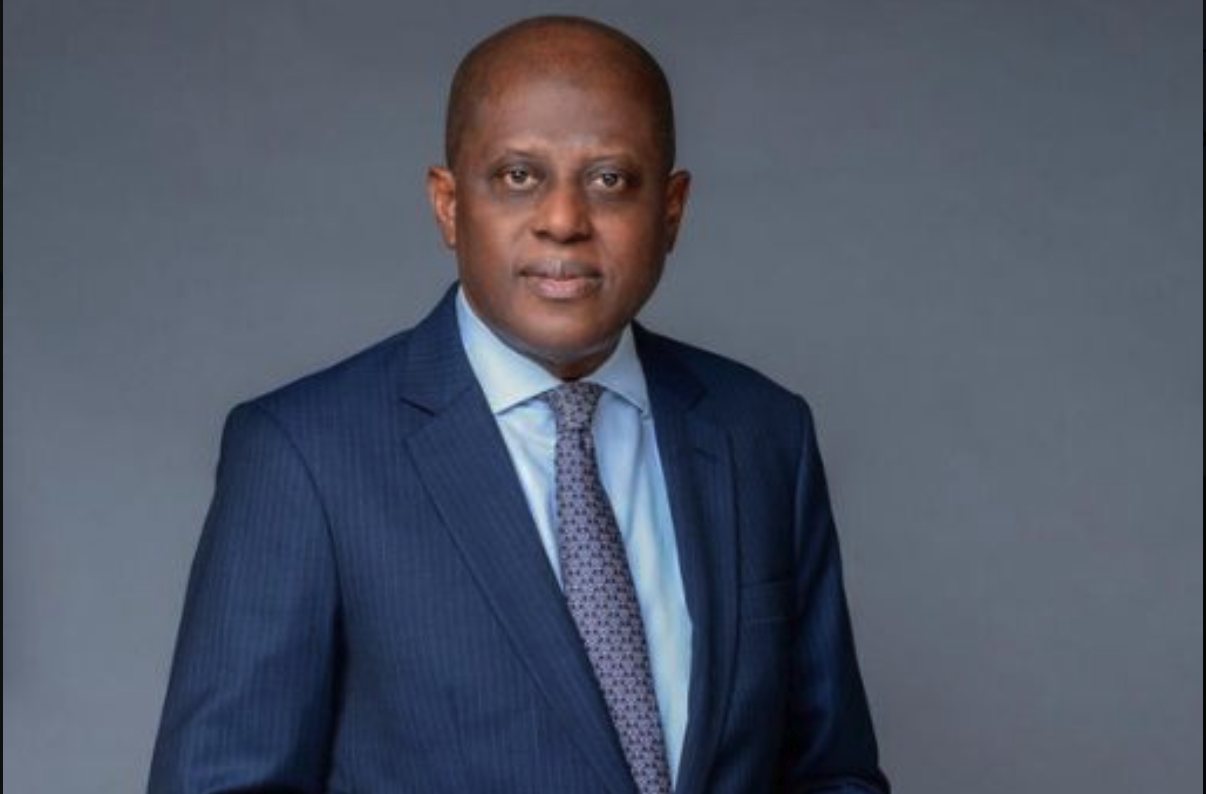


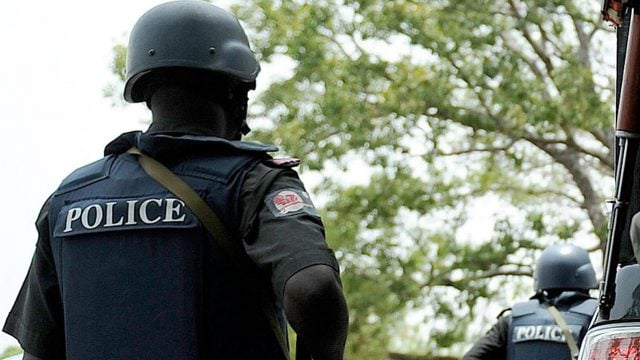

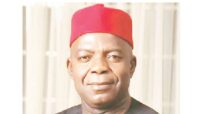


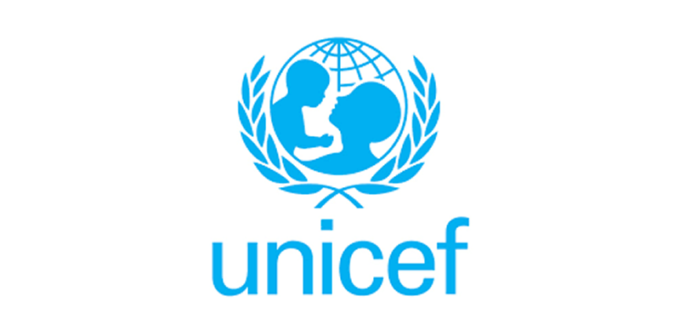
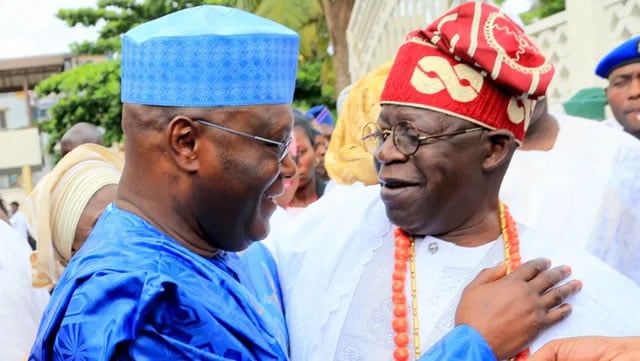




Leave a comment